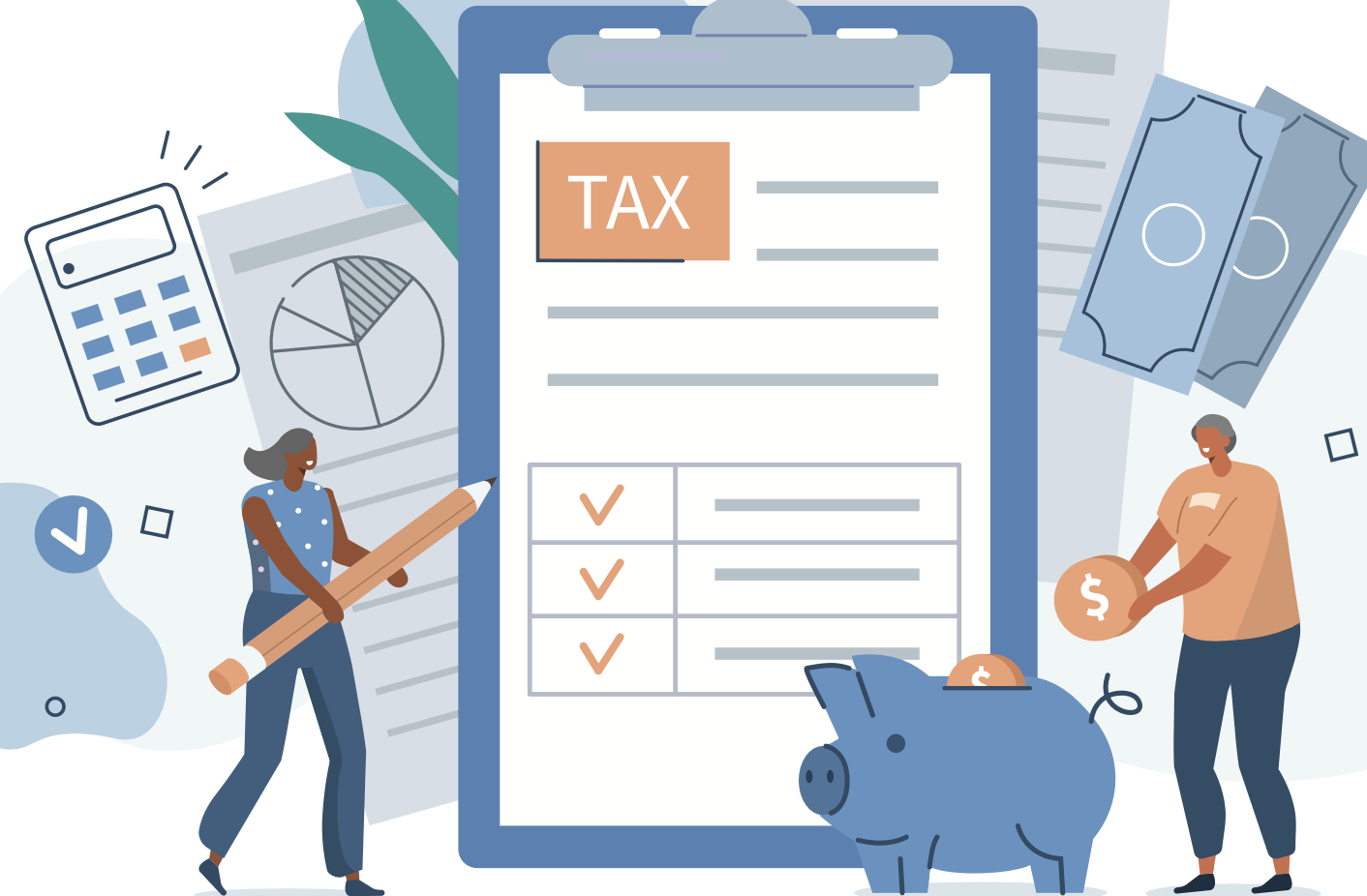The end of this year is the time to make sure you’ve done all you can to reduce the taxes you’ll pay next year
By Olev Edur
As we approach the season for family gatherings and revelry, it’s easy to forget that an important financial deadline looms. As far as the tax authorities are concerned, your 2022 books close on December 31, with no further changes allowed. (Exceptions include RRSP contributions, which can be made up to 60 days after year-end, and unclaimed medical expenses, which can be claimed for any 12-month period ending in 2022.)
All income received in 2022 will have to be declared by May 1 (since April 30 falls on a Sunday in 2023). The resulting taxes can be offset by various deductions and credits, such as those relating to pension income or RRSP contributions, and while there are strict limits on how far you can go to reduce your tax bill, there are still some measures worth considering before year-end to reduce the levies imposed by Ottawa (and by provincial/territorial governments).
First, one ground rule of tax planning under our graduated tax system is to spread your income around—whether from year to year or among family members (where permitted)—so that as much as possible is taxed at the same marginal rate.
If, for example, you live in British Columbia and had income of $40,000 in 2022 and expect to have $60,000 in 2023, your top tax rate in 2022 would be 20.6 per cent, but it would be 28.2 per cent in 2023. If you could push $10,000 of that 2023 income back into 2022, the result under B.C.’s 2022 tax structure would be a savings of almost $600. Of course, you can’t simply move income from one year to another, but if, for example, a substantial portion comes from RRSPs or RRIFs, you always have the option of withdrawing money earlier than you might have—that is, before year-end rather than after. (Unlike contributions, RRSP withdrawals must be made during the calendar year.)
And while you can’t transfer income to family members, you can give assets that will earn future income or capital gains in their lower-taxed hands; just beware of what are known as the “attribution rules” for minor children and spouses. These rules direct that the income from your gifts will be taxed in your hands rather than the recipient’s.
Spousal RRSP contributions can make sense to reduce the income of the higher-income spouse, and senior couples can freely split their pension income on their 2022 tax returns in April. (“Sharing” Canadian, or Quebec, Pension Plan benefits isn’t the same as pension splitting, and you have to apply to do it—sharing involves combining both pensions and dividing the total 50-50.) The ideal is to bring your income down to everyone else’s level, from one year to the next.
In this and indeed in most aspects of financial planning, year-ends are highly significant. You may be able to use them to your advantage, but you need to develop a holistic approach that embraces all aspects of your financial situation; professional advice can be invaluable. That’s the big picture; meanwhile, the following are some more focused suggestions for retirees.
The pension income tax credit. Only qualifying (non-CPP or RRSP) pension income is eligible for this $2,000 annual credit, but if you are age 65-plus and haven’t done so yet, you can roll a bit of money from an RRSP into a RRIF (or annuity) so that your withdrawals will qualify. You can also split pension income with a spouse/partner, effectively doubling the credit—act now and you could save hundreds in taxes this year alone.
RRSP rollovers. If you turned 71 this year, you must move your RRSP holdings into a RRIF or qualifying annuity before year-end. Otherwise, the plan(s) will be deregistered and the proceeds added to your 2022 income and taxed at your top marginal rate. If you have sizable RRSP holdings, half could end up in government coffers.
Assets rolled into a RRIF or an annuity, on the other hand, trigger no immediate tax liability; they can continue to compound untaxed until they’re withdrawn. As for which to choose—annuity or RRIF—this is a complex decision requiring professional advice. Meanwhile, if you’re deciding on your registered savings strategy, a RRIF is probably the better bet because it’s fairly liquid; you can always move money from a RRIF into an annuity, but not vice versa.
TFSA withdrawals. If you make any withdrawals from a TFSA, you can replace that money the following year without affecting your normal contribution limits. So, if you want to temporarily borrow money for a quick fix, you might want to do so in December. That way you’re free to replace the withdrawn TFSA money the following month, so that it can begin compounding tax-free again as soon as possible. There’s no need to rush TFSA contributions, though, as annual limits are cumulative.
RESP contributions. Registered Education Savings Plan (RESP) contributions must be made before year-end to qualify for government grants in 2022 (and future years).
Timing charitable donations. You’re allowed to accumulate charity tax receipts for up to five years before claiming them. (Accumulating receipts and claiming several years’ worth together minimizes the lower credit accorded to the first $200 of each year’s donation.) But if you want to make a charitable donation that counts in 2022, do it now to allow time for receipts to be processed.
Drawing down an RRSP. If your retirement income (excluding Old Age Security benefits) is low enough to qualify for Guaranteed Income Supplement (GIS) and perhaps other income-geared benefits but you also have a small RRSP, it may be very advantageous over the long term to draw down the RRSP as quickly as is practical. For example, a $50,000 plan could mean two years of withdrawals to avoid higher tax brackets. Then you get those GIS and other benefits for the rest of your life.
If that’s the plan, it’s best to get started right away, and that means before year-end—the longer you wait, the more benefits you’ll forgo. If for whatever reason your income this year will be higher than next, it may be better to wait, or perhaps rebalance how much should be declared each year. Again, the big-picture calculations can get complex, so professional advice is recommended.
Small business provisions. If you own a small business, you have many more options for moving income around, accelerating expenses if desired and using reserves and dividend payouts to minimize your taxes. But tax planning for businesses is a whole other kettle of fish, one that can require specialized knowledge and is beyond the scope of this article.
Finally, don’t procrastinate until the last week of December. While some actions can be executed right away, others—investment trades, for example—need to be placed a few business days before year-end to be registered for that year. Sometimes the paperwork takes longer than expected, and that’s especially true during the holiday season, when many people are away for what is often an extended period.
Photo: iStock






